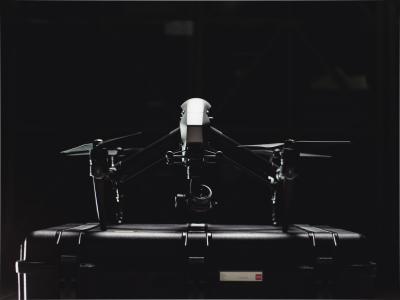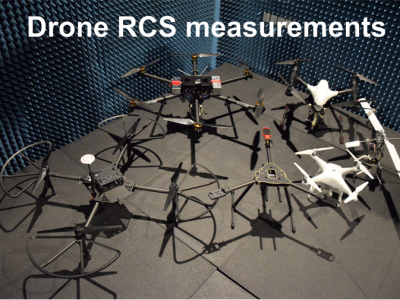
This document is a supplementary file to the our article entitled “A Wireless Charging System Based on a DR-IPT to Power a UAV from Distribution Poles” which is published in IEEE Transactions on Industry Applications journal. This documents presents the result dataset regarding the optimizations performed to determine optimum parameters for domino resonant inductive power transfer system under several case studies.
- Categories:




